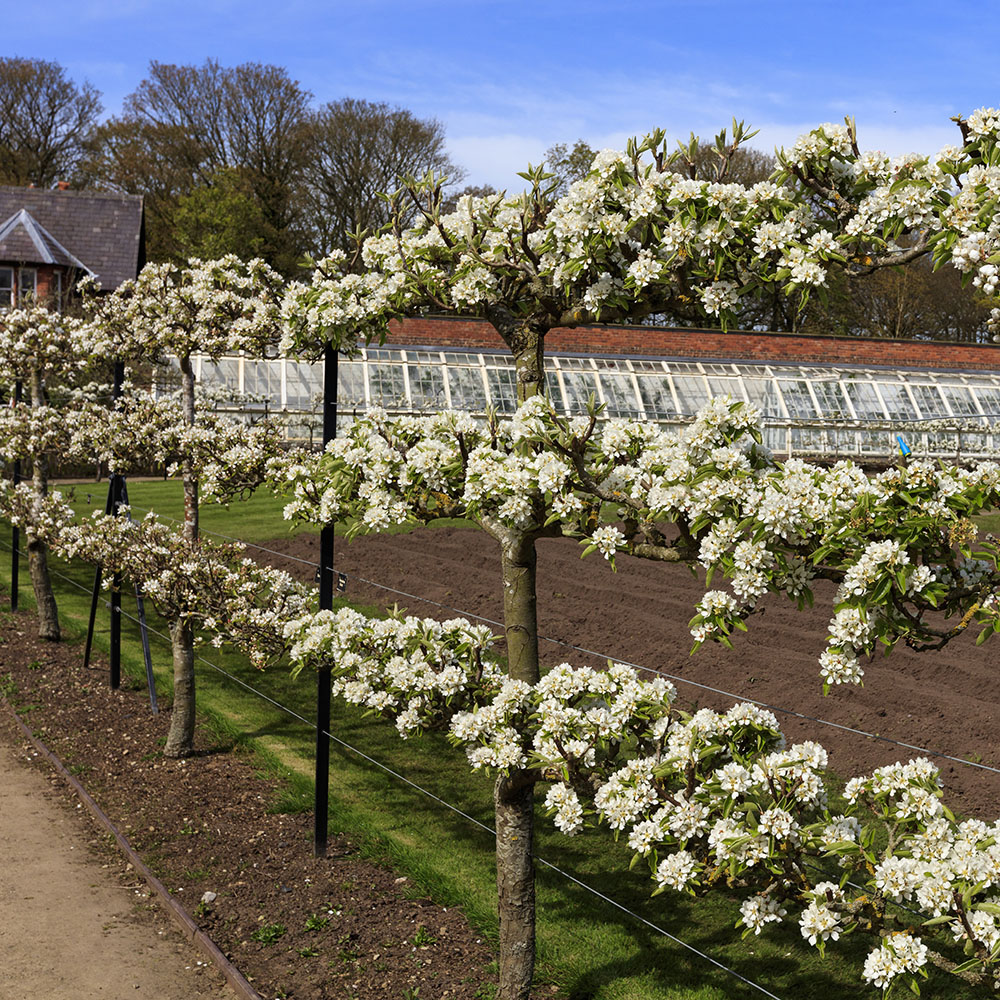
Do you wish you could grow your own fruit, but you think it’s not possible in your small yard? Or perhaps you’ve always dreamed of owning an orchard, but that seems out of reach at the moment. Learning about espaliered fruit trees might come as a happy surprise.
Many people have never heard of espalier, but the art has been around for hundreds of years or longer. Essentially the goal is to train and prune fruit trees so that they grow into a certain shape. Usually, this means that they hug walls or fences, or otherwise fit into a small space. You can even grow espaliered trees that have been grafted to include several types of fruit on one trunk!
Not only can you provide your family with homegrown fruit from your own yard; these trees are highly unique and ornamental as well.
You can espalier any smaller variety of fruit tree, but apples, pears, plums, peaches, cherries, and figs are especially popular choices. Look for “dwarf” in the name of your tree, as this indicates a smaller tree.
Next, choose the correct place for your tree. Obviously, you will be growing the tree along a wall or fence of some type, but it also needs to be a very sunny spot.
Now, consider the shape you envision for your espaliered tree. Most fall into one of five categories:
• Cordon – branches are trained to grow straight out to the sides
• Fan – branches are trained to fan upward and to the side
• Candelabra – branches are trained to grow in the cordon shape, but then turn upward at a right angle to form a candelabra shape
• Lattice – multiple trees are grown with their branches crossing one another
• Y shape – branches are trained in an upward “Y” shape
Look for a young tree that already has a good basic shape. Remove any branches that are growing in the wrong direction before planting. Then, using a wire or ribbon, tie the branches to your structure in the shape you desire. Remember that this is a project that will evolve over time, and you’re “encouraging” the branches to grow in a certain direction, rather than forcing them.
Don’t tie your branches too tightly, and continue to re-tie them in the correct direction as they grow. You will prune the tree lightly each month during the growing season, just enough to maintain the desired shape.
The best time to start an espaliered fruit tree is during its dormant state (winter or early spring). So, come see us at our nursery, and let’s get you started on a fascinating and productive new hobby!


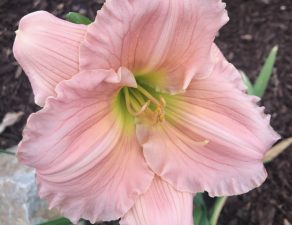

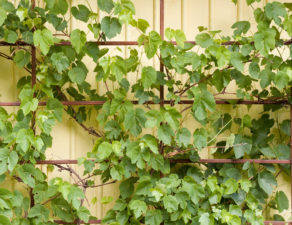
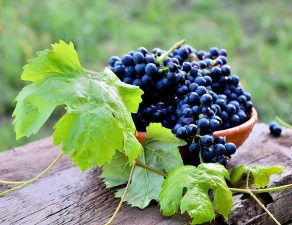
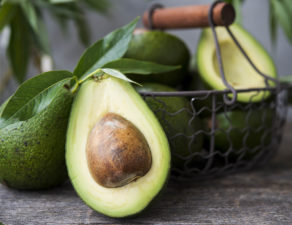


Write a comment: